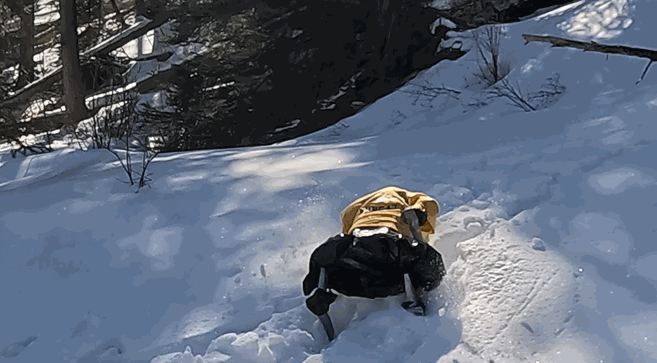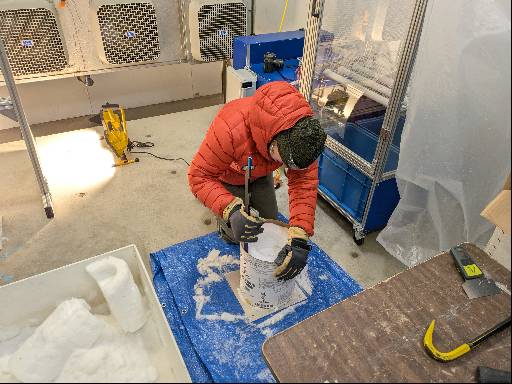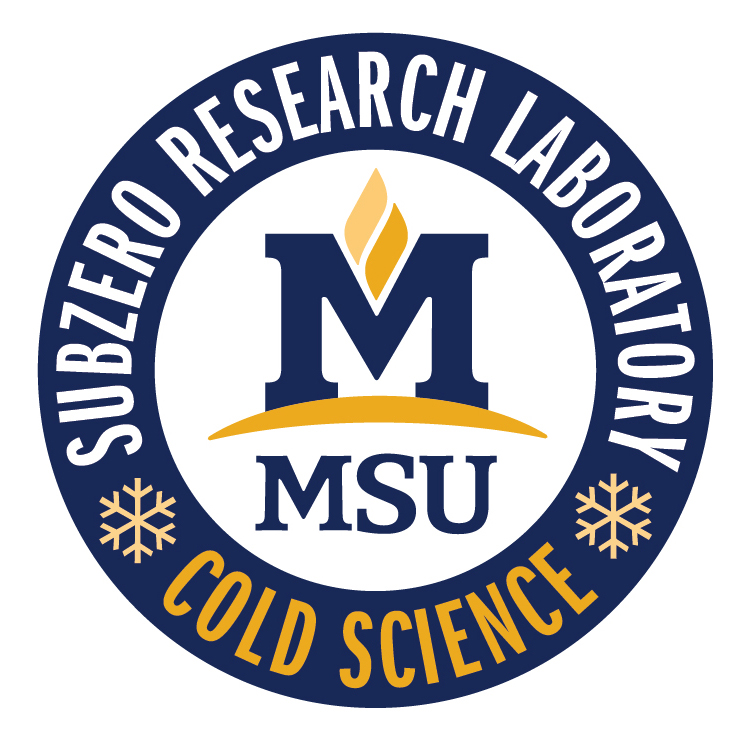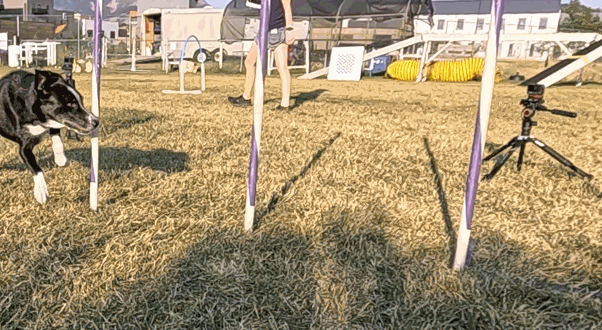Research

Form and Function of Feet
Legged animals’ primary points of contact with the world are their feet. During locomotion, the feet have many functions related to creating and managing the ground reaction forces needed to move the body. For example, feet can reduce impact transients, grip the ground to generate large shear forces for sharp turns, and manage sinkage and slip on soft substrates like snow.
This multi-purpose appendage comes in many forms in the animal kingdom, determined both by evolutionary history and niche. Further, these forms are highly complex, involving multiple articulations and materials, reflecting the diversity of tasks and terrain the feet must handle. In contrast, the feet of our man-made legged robots are simple. Most often a single-material solid ball-like shape.
Our goal is to improve the capability of legged robots in natural terrains by directly altering the foot-ground interactions via bioinspired foot design.
Snow Stepping
 |
Moving on snow is challenging due to its diverse mechanical properties. For example, fluffy snow causes sinkage, while icy snow reduces traction. The goal of this project is to enable effective locomotion of legged robots in snow by elucidating principles of the foot-snow interaction--one of the most important facets for improved locomotion. Consider the analogy of a car driving on snow. If the tires are ill-suited to snow the vehicle will not move as effectively, safely, and efficiently, regardless of a driver's ability in controlling the car. Likewise, using knowledge of the foot-and-snow mechanics to develop feet for a legged robot will provide, quite literally, the foundation for robots to travel on nivean terrain.
 |
 |
In collaboration with the SubZero lab at MSU (link to suzero research lab page), we are empirically studying the snow-reaction-forces generated during model foot intrusion and drag. We are working to develop and validate models for foot-snow interactions as a function of foot geometry and snow properties.
We are also taking advantage of Montana’s long winters and the mountainous terrain surrounding Montana State University for field testing.
Dynamic Maneuvers
 |
Dogs (Canis lupus familiaris) are able to perform dynamic maneuvers, such as the fast, sharp turns performed during agility competitions, without slipping—a capability that would expand the usefulness of dog-like robots.
Our goal is not to simply replicate the dog paw in robotic form; parts of the paw may not be relevant to our robotic goals, and we may even be able to improve on the natural paw's performance by taking advantage of non-biological materials. In studying agility dogs in action, we instead aim to determine what aspects of the complex dog paw morphology are most salient in increasing grip relative to the typical robot sphere foot. Using this information, we will create design rules for robotic feet that reduce slip and facilitate maneuvers that were not previously possible. While our primary goal is in robotics, we also foresee the study having applications in veterinary science. Better understanding of the role of the paw, and the forces and pressures it experiences, will improve our knowledge of how injuries occur in sport dogs.
